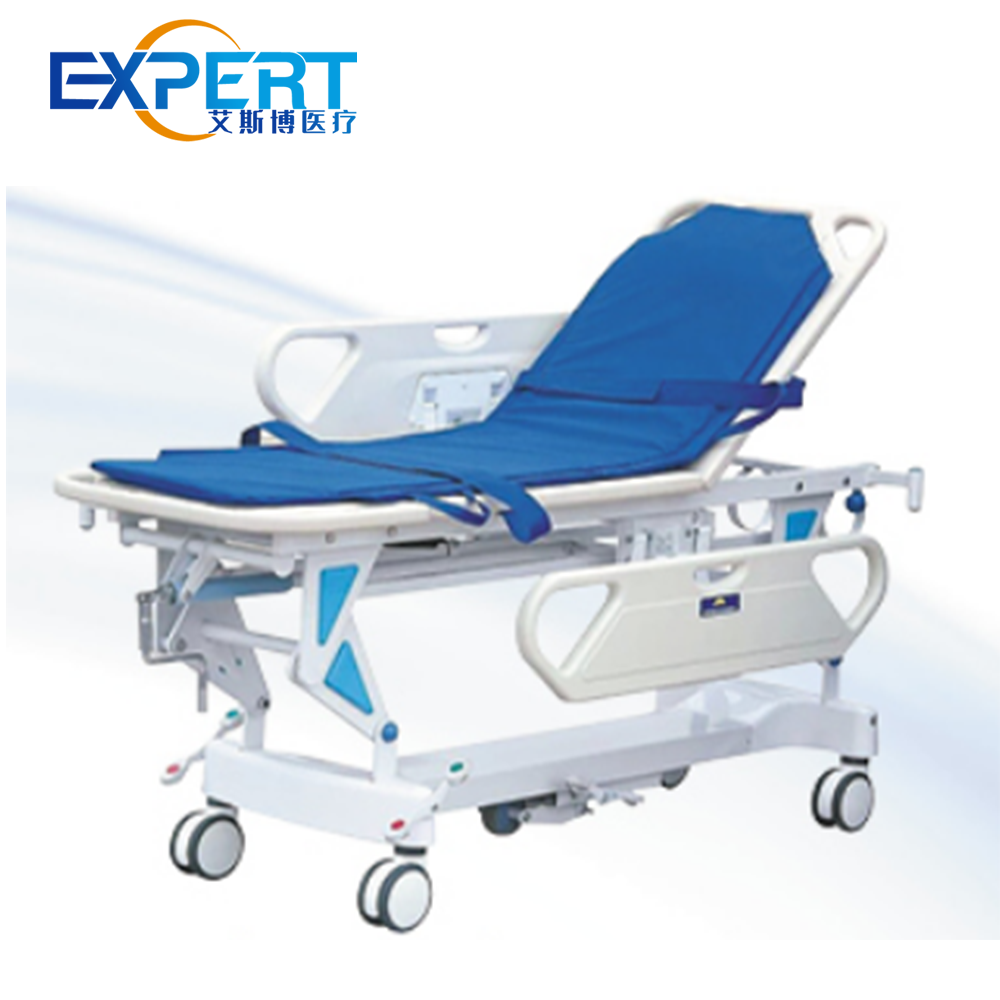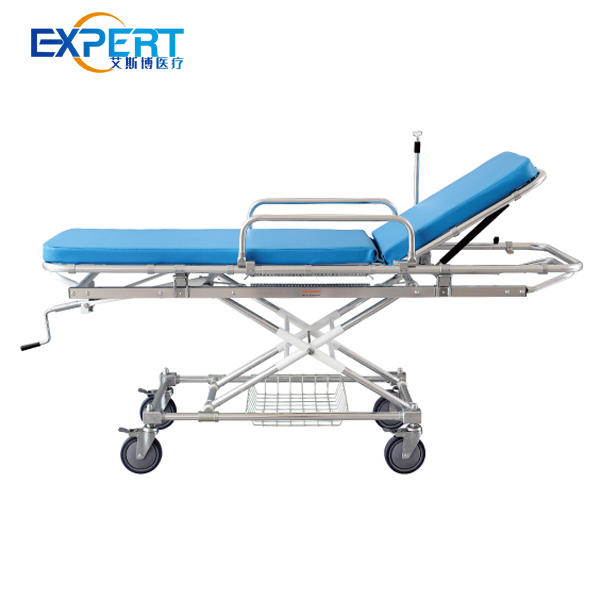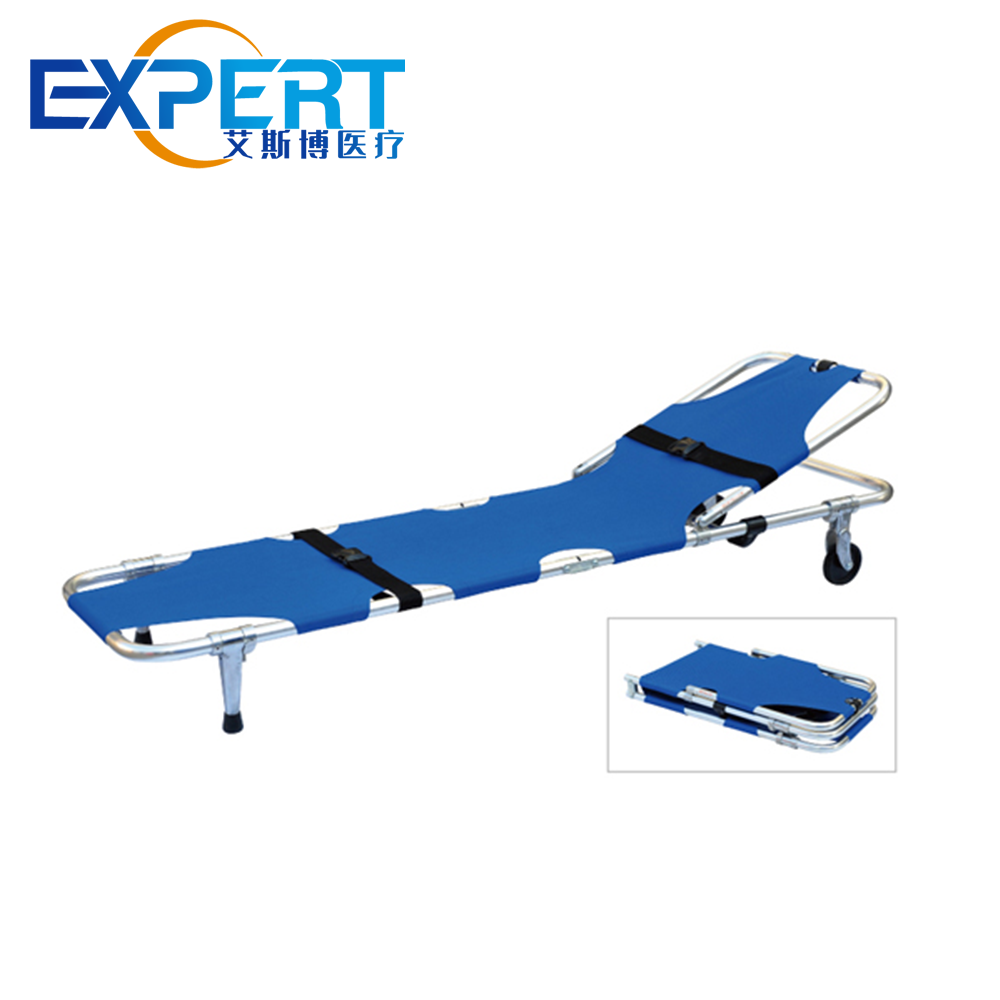عنوان
304 شارع الكاردينال الشمالي
مركز دورتشستر ، ماساتشوستس 02124
ساعات العمل
من الاثنين إلى الجمعة: 7 صباحًا - 7 مساءً
عطلة نهاية الأسبوع: 10 صباحًا - 5 مساءً
عنوان
304 شارع الكاردينال الشمالي
مركز دورتشستر ، ماساتشوستس 02124
ساعات العمل
من الاثنين إلى الجمعة: 7 صباحًا - 7 مساءً
عطلة نهاية الأسبوع: 10 صباحًا - 5 مساءً


Having reliable and well-maintained hospital stretcher trolleys is crucial for smooth operations in any healthcare facility. Hospital stretcher trolleys transport patients between departments and procedures, so downtime can severely impact patient care and staff workflow. By following a comprehensive hospital stretcher trolley maintenance program, biomedical engineering teams can maximize uptime and ensure these critical assets are ready when needed.
This blog post provides an overview of best practices for hospital stretcher trolley maintenance. It covers inspection checklists, preventive maintenance schedules, battery care, cleaning procedures, and safely storing hospital stretcher trolleys when not in use. Following structured protocols allows hospitals to extend the usable life of their stretcher fleet and avoid unplanned downtime or breakdowns.
The first priority for hospital stretcher trolley maintenance is completing thorough inspections on a regular basis. Biomed technicians should follow a visual and functional inspection checklist that covers all mechanical, electrical, and safety components. Example inspection checklist items include:
Documenting inspection results allows hospitals to identify trends and address issues before they become larger problems. Minor issues like wheel wobble can be quickly fixed to restore optimal function.
In addition to inspections, hospital stretcher trolleys should be placed on a preventive maintenance (PM) schedule based on usage level and manufacturer recommendations. PM tasks include:
Without regular PM, components degrade over time leading to unexpected failures. PM allows issues to be corrected before disruption occurs.
Table 1. Sample PM Schedule
| Task | تكرار |
|---|---|
| Inspection | Every use |
| Electronics test | Quarterly |
| Wheel lubrication | Semi-annually |
| Replace worn parts | Per manufacturer |
| Accuracy testing & calibration | Annually |
| Battery capacity test | Annually |
| Firmware update | Per manufacturer |
| Safety feature test | Annually |
Keeping hospital stretcher trolley batteries in good health is imperative for reliable power. Follow these best practices:
Investing in reliable batteries from reputable medical device manufacturers reduces the likelihood of failure during transport.

Hospital stretchers transport all types of patients so they require frequent, thorough cleaning. Recommended practices include:
Proper cleaning lowers infection risks and keeps hospital stretchers presentable.
When not transporting patients, hospital stretcher trolleys should be safely stored to prevent damage. Recommendations include:
Secure storage prolongs lifespan between uses.
By following structured maintenance protocols for hospital stretcher trolleys, biomedical engineering teams can maximize uptime and reduce unplanned downtime. Regular inspections, preventive maintenance, battery care, cleaning, and safe storage all help preserve stretcher fleet function. The small investment of staff time pays off through reliable equipment ready to transport patients safely whenever called upon. Consistent maintenance gives hospitals peace of mind that this key equipment will perform as expected while meeting patient needs.
Q: How often should we calibrate the patient weighing system?
A: Hospital stretcher scale calibration should be performed annually at a minimum to ensure accurate weight readings. You should also recalibrate any time a stretcher experiences an electrical, mechanical or overload issue that could impact weighing accuracy.
Q: Can hospital نقالة batteries explode?
A: Though rare, defective or improperly maintained batteries can potentially explode and cause serious harm. To prevent issues, invest in quality batteries from reputable medical device manufacturers and follow usage guidelines carefully regarding charging, storage temperature, preventing drops or damage, etc. Properly maintained batteries are safe for hospital use.
Q: Should hospital stretchers be disinfected between each patient transport?
A: Due to high patient volume, disinfecting between every transport may be impractical, however hospital stretchers carry significant infection risks. Develop cleaning policies that balance operational efficiency with adequate cleaning frequency using hospital-grade germicidal disinfectants compatible with stretcher parts and surfaces. Priority should go to high-touch areas like mattress, rails, handles. Isolate and specially clean any stretchers carrying infectious patients.